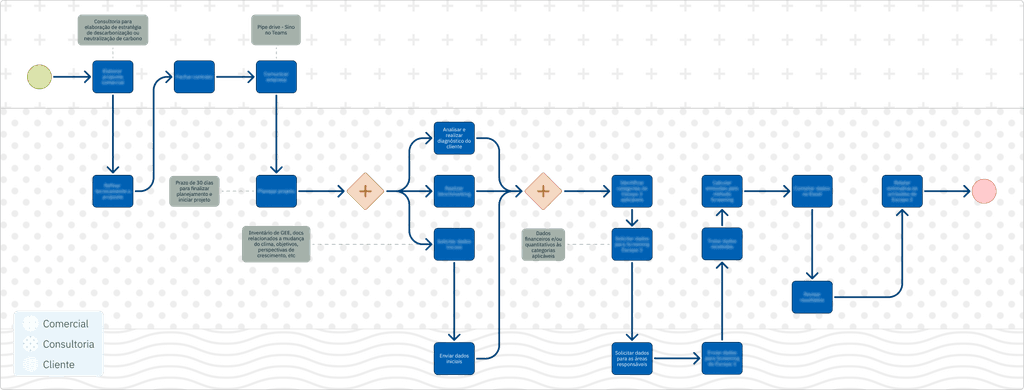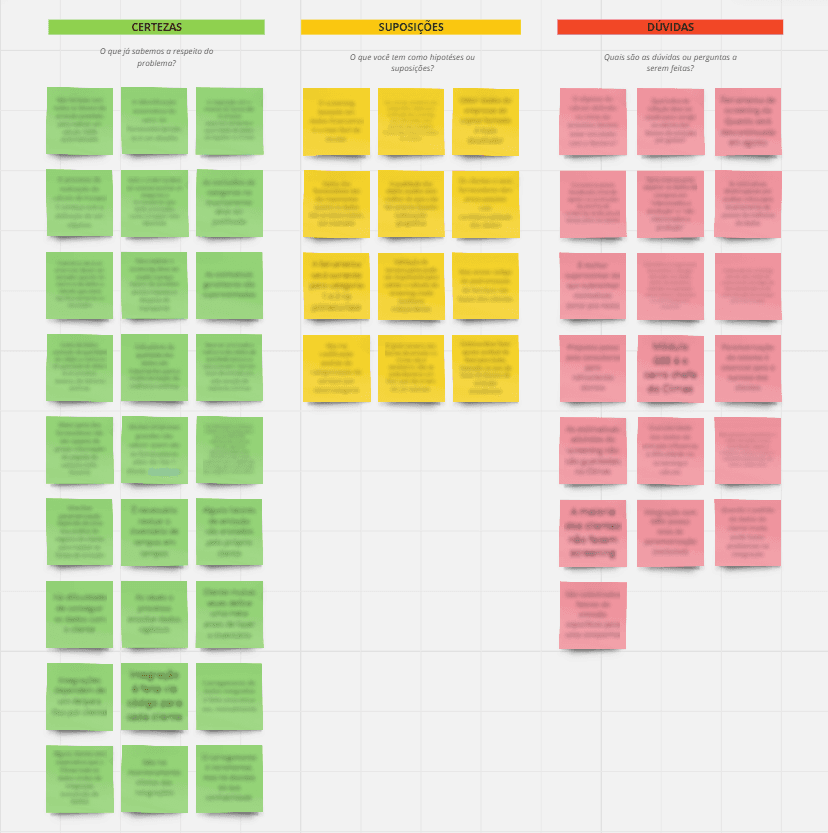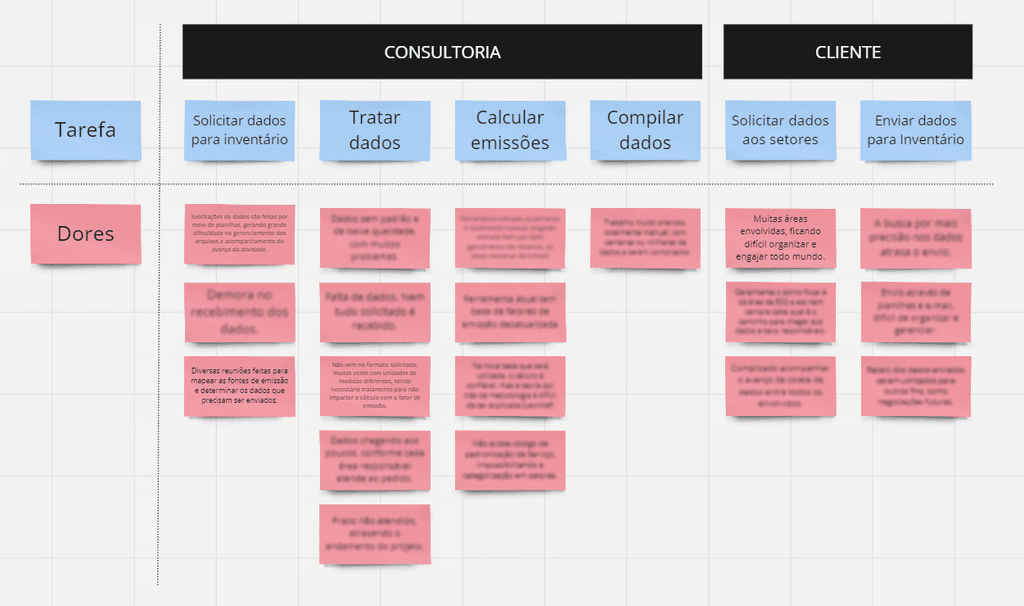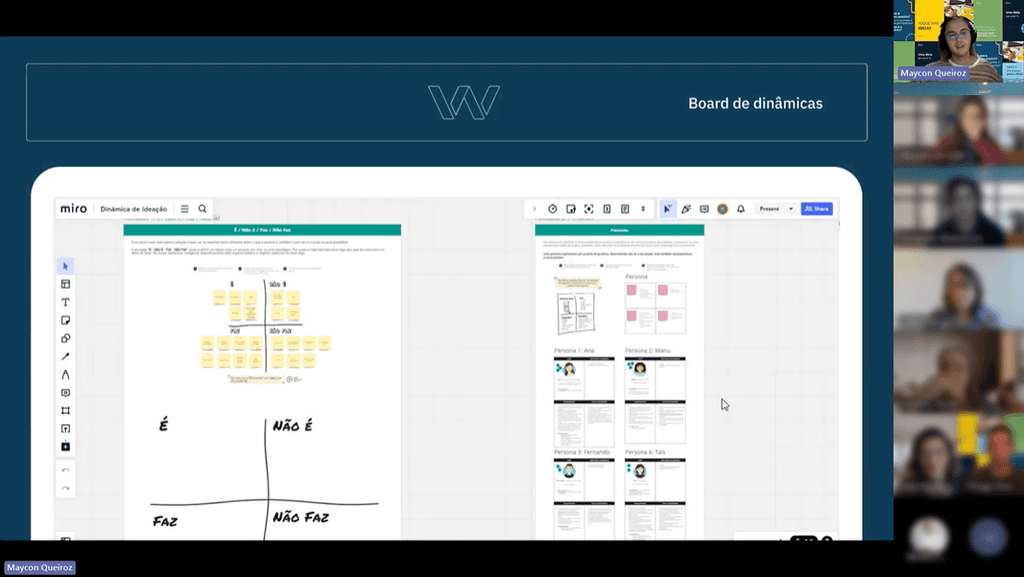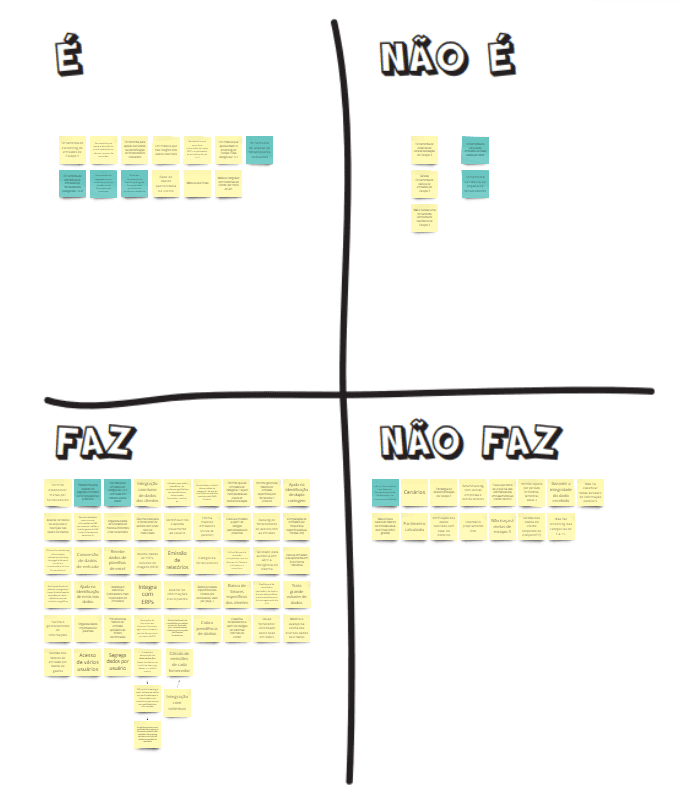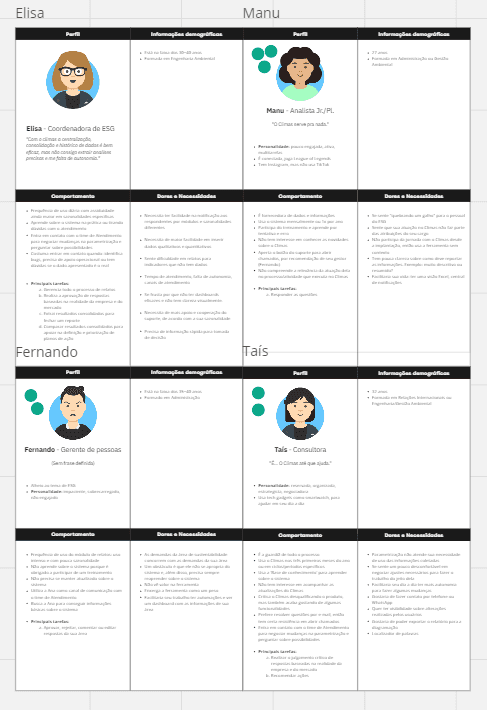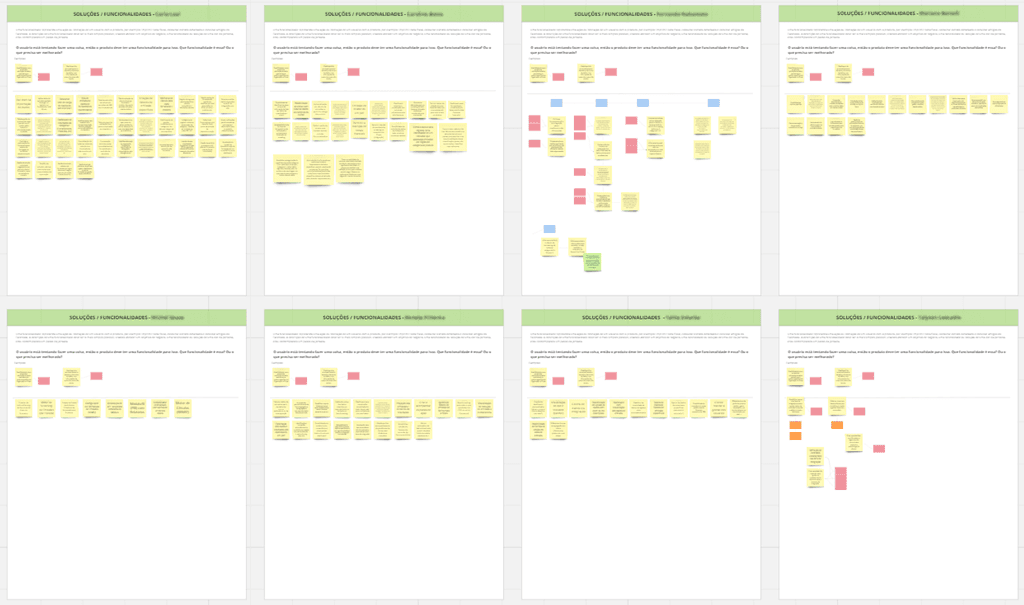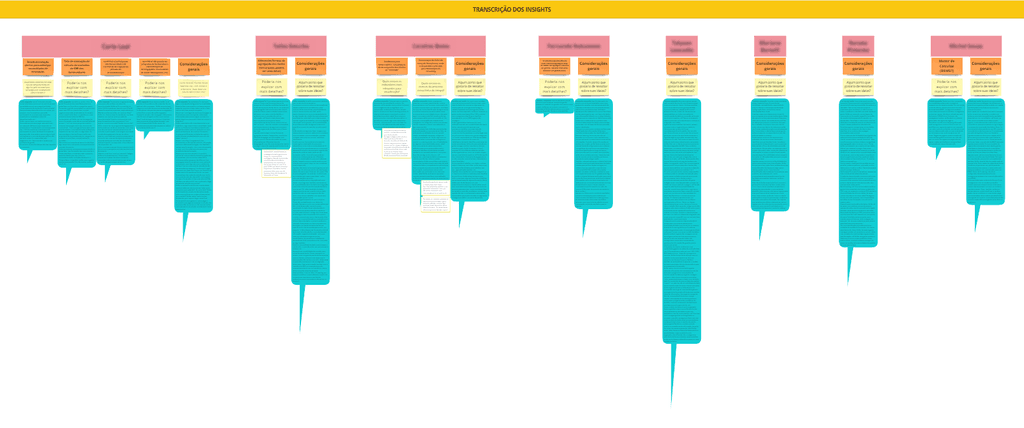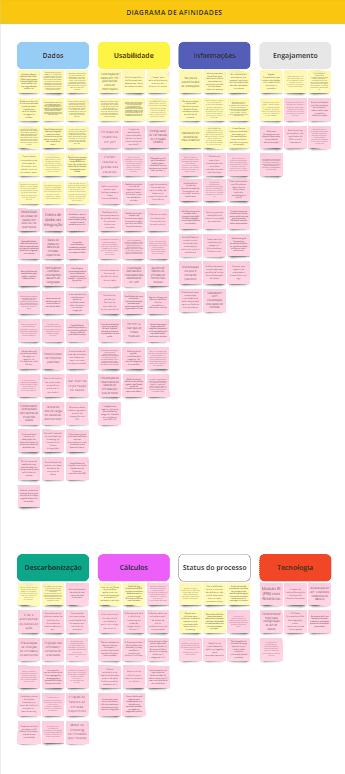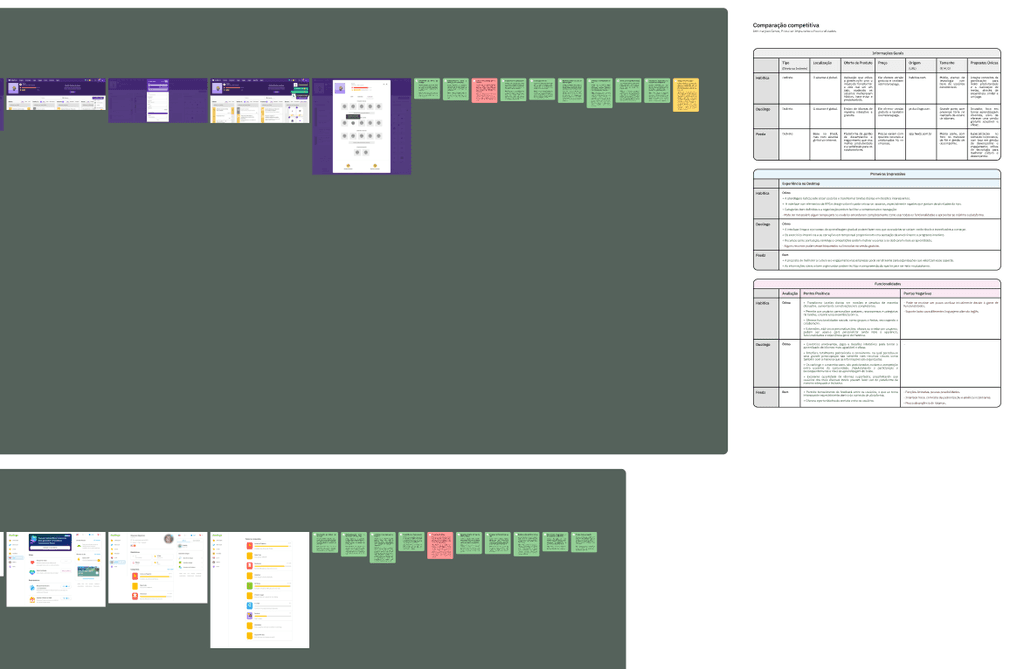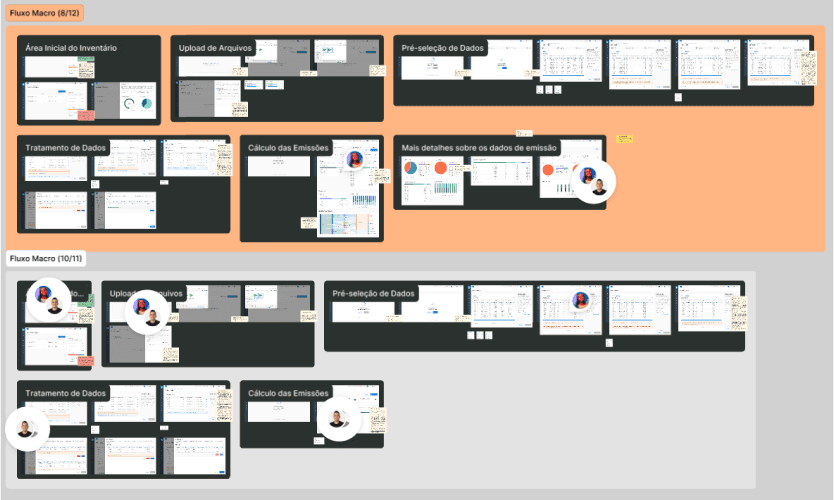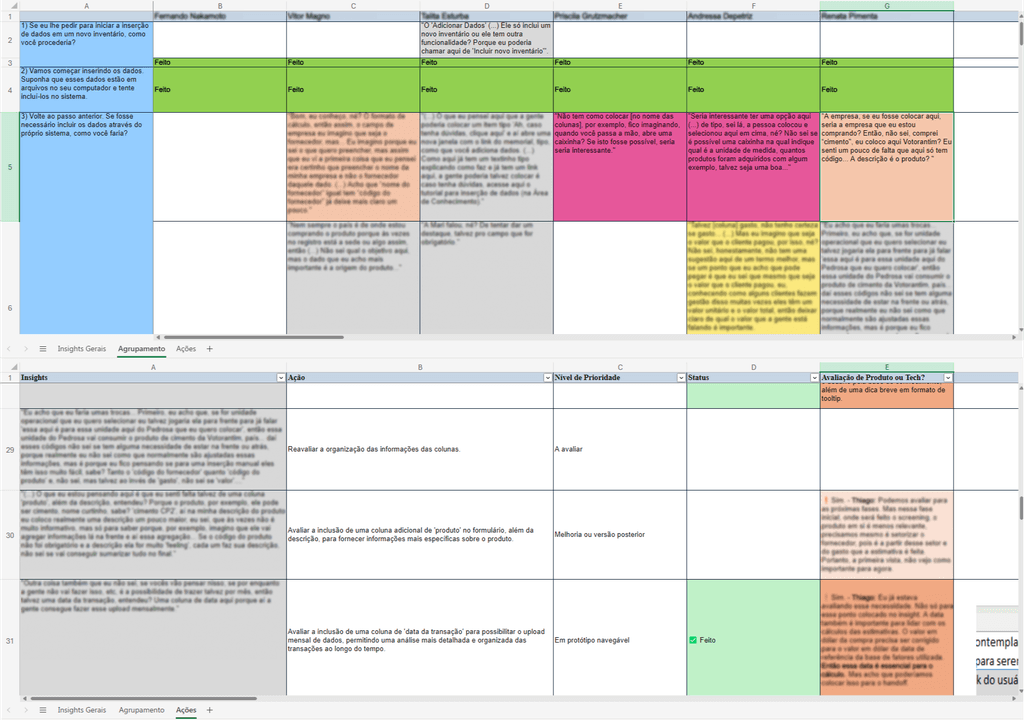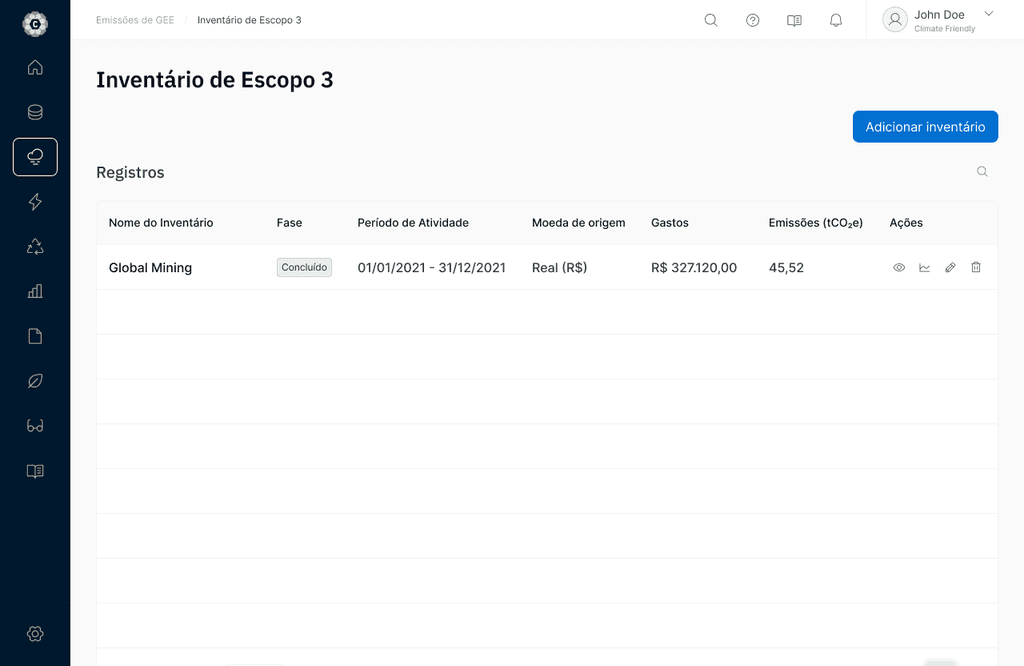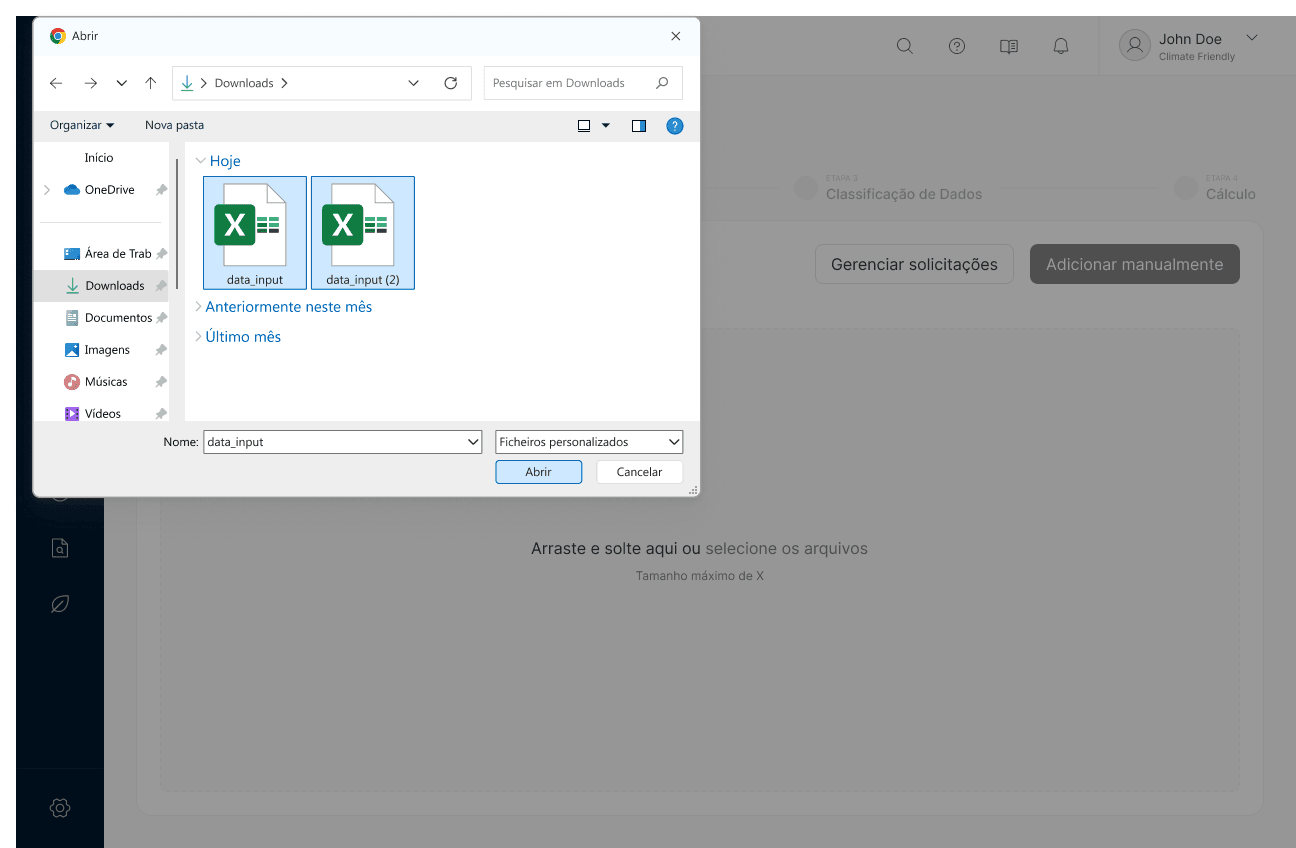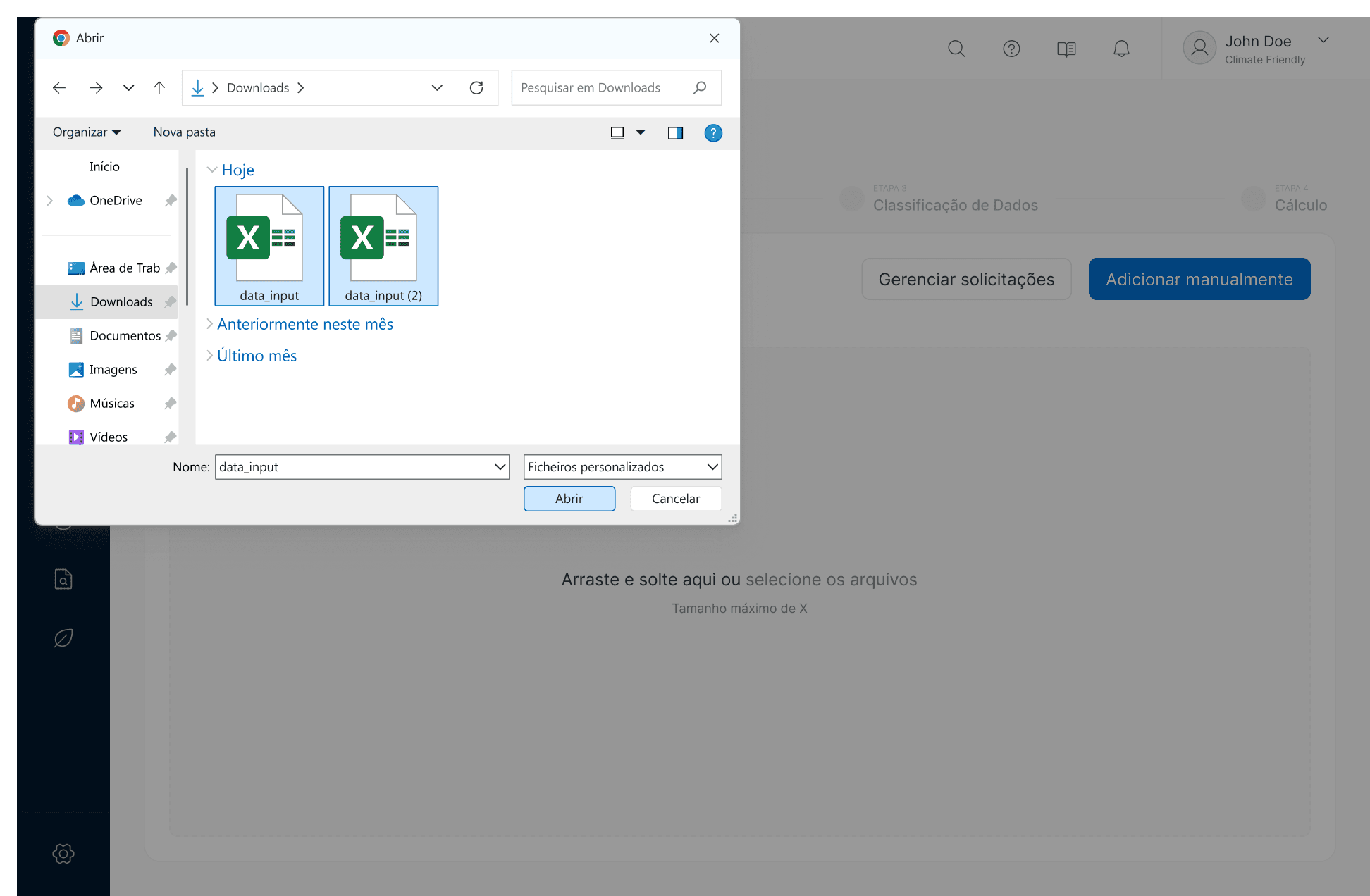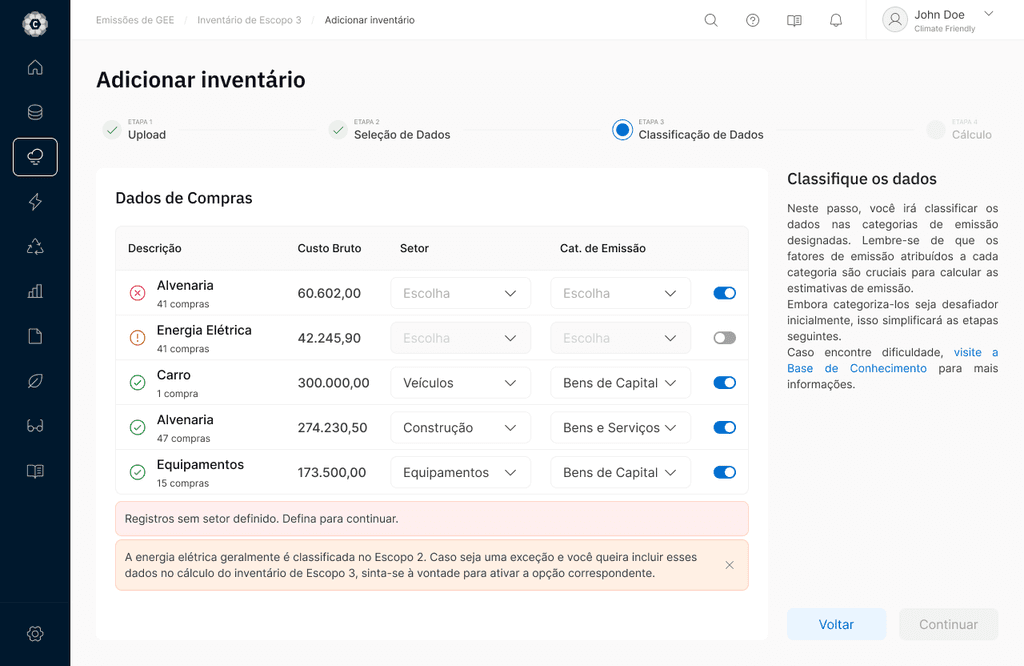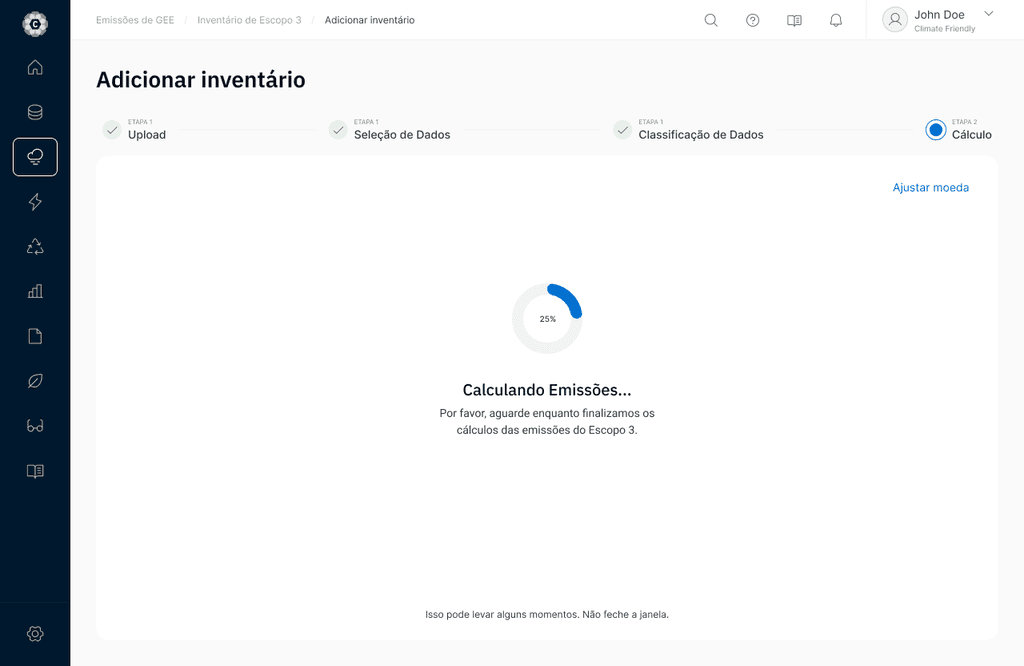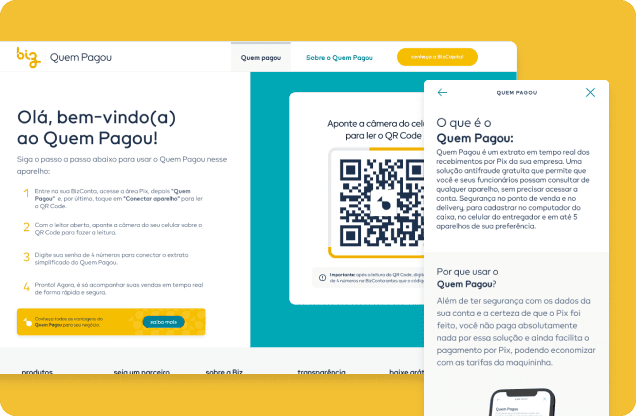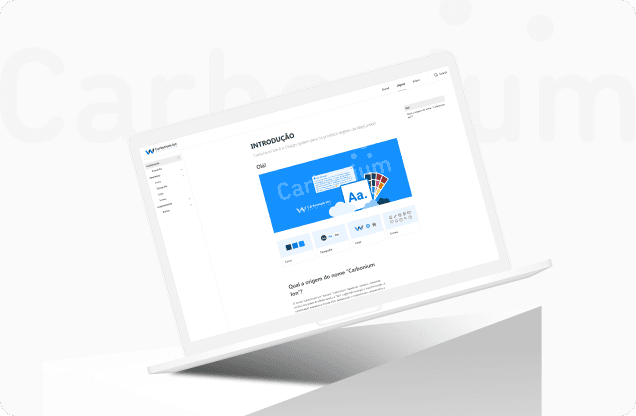Function
Period
Tools
Tags
About
Product Designer
Setembro de 2023 → Dezembro de 2023
Figma
Miro
Loop
Teams
Outlook
Figjam
UX
UI
Product Design
Case Real
Enabling Scope 3 Inventory calculation through the implementation of a new module in Climas.

WayCarbon is a global company affiliated with the Santander Group, specializing in solutions focused on the transition to a net-zero economy.
You may not be familiar with the term, but Scope 3 essentially categorizes the carbon emissions generated by a company’s operations. Alongside it are Scopes 1 and 2, which classify other types of corporate emissions.
Scope 1
Direct emissions released by a company’s own operations.
Scope 2
Indirect emissions from energy purchased by the company.
Scope 3
Indirect emissions that are not included in Scope 2 but occur within the supply chain.
Just remember that each scope considers a different area for calculating emissions, with distinct sources and origins.
Scope 3 has the most challenging calculations, but unlike the others, its reporting is not mandatory according to the GHG Protocol, the organization that sets global standards for measuring and managing emissions.
Still, if a company wants to achieve net zero, it must include targets to reduce Scope 3 emissions.
As a first step for better understanding and defining the product, several meetings were held with professionals from the Consulting and Customer Service teams at WayCarbon.
This allowed for a deeper understanding not only of Scope 3 but also of the other scopes and the Climas software, where the new module would be integrated.
Climas
WayCarbon's ESG and Climate Management Software, which aligns sustainability with strategic objectives.
Scopes 1, 2 and 3
In addition to what I've already mentioned, Scope 3 includes 15 categories of emissions.
GHG Protocol
Organization that establishes global best practices for carbon emissions inventories.
These meetings not only expanded our understanding of internal products and the ESG market, but also allowed us to visualize how Scope 3 was calculated with the support of consultants through a flowchart of the teams and stages involved.
With the new Climas module, the goal is for this support to no longer be necessary.
With the initial insights from the specialists, some conclusions began to emerge. To organize everything, I used a CSD matrix to map and prioritize Certainties, Suppositions and Doubts.
This process helped us identify essential features, explore different approaches, and assess potential challenges, guiding the direction of the Discovery phase and the product as a whole.
Process pain points
Using the CSD Matrix, we identified the most critical points to consider.
To maintain focus, I organized these points into specific areas of the primary users' workflow, highlighting the pain points of both the consulting team and the end client.
Ideating the Solution with Stakeholders in a Co-Creation Workshop
Due to the difficulty of aligning everyone's schedule, the activities were split into two sessions on Tuesday and Wednesday mornings.
WayCarbon is a company that started as a consultancy and later began developing ESG software.
Areas such as Product and UX are new to the company. Initially, the software was solely handled by the developers.
We used the contextualization to discuss the motivation behind that moment and to talk a bit about the purpose of the Discovery phase.
During the main session dedicated to the activities, stakeholders, along with the technical team, engaged in a series of exercises aimed at fostering collaborative creativity.
In the Is / Is Not / Does / Does Not activity, we outlined some important points: "What is the product?", "What is the product not?", "What does the product do?", and "What does the product not do?".
We created proto-personas with the stakeholders based on profiles, demographics, pain points, and needs, taking Scope 3 into account.
During the brainstorming session, we encouraged participants to think of everything they considered essential for the Scope 3 module.
In the second phase, it was time to question our stakeholders about the ideas presented on their sticky notes to gather better insights on the topic.
Transcription of Insights
Next, it was time to group all the insights gathered during the workshop, focusing on the key points raised by each stakeholder.
The first activity used, Is / Is Not / Does / Does Not, was essential for extracting the most relevant insights based on what was commonly defined by two or more stakeholders for the initial version of the module.
The most important considerations from each stakeholder were organized, with questions and answers presented in detail, along with some highlighted initial insights.
Affinity diagram
To ensure that no important insights were overlooked, I grouped the participants' sticky notes using an Affinity Diagram, aiming to identify potential patterns.
The yellow sticky notes represent insights gathered from the participants' verbal comments, while the pink ones were taken directly from each participant's boards, written at the beginning of the activity.
With the previous stages completed, I found it important to conduct a benchmark, a strategy I consider essential for understanding market parameters and proposing a better user experience.
In addition to direct competitors, I also included players that offer functionalities applicable to Scope 3, broadening the perspective for the product.
As a result, I evaluated not only direct competitors but also some software outside the sustainability sector that have relevant functions for the product's context.
Data
I analyzed the players Power Query from Microsoft and Tableau Prep to consider data transformation functionalities.
Upload
For the analysis of the upload function, I considered everyday tools such as Drive, Dropbox, OneDrive, and WeTransfer.
Gamification
Regarding gamification, I analyzed players from different contexts, including Habitica, Duolingo, and Feedz.
Based on a report published by Alastair Foyn & Ryan Skinner at Verdantix, I selected a few direct competitors that offer solutions for Scope 3 for evaluation.
For all the players, I conducted an analysis based on Nielsen's 10 heuristics for usability evaluation, identifying which ones were met and which were not.
Next, to deepen the analysis, I incorporated general information, first impressions of using the platforms, as well as positive and negative considerations regarding functionalities and usability.
Lo-fi Wireframe
Com informações suficientes obtidas através das pesquisas e alinhamentos com especialistas, comecei os primeiros esboços da solução para organizar minhas ideias sobre a jornada macro.
Prototype
With sufficient information gathered through research and discussions with experts, I started the initial sketches of the solution to organize my ideas about the overall journey.
Usability testing
To evaluate the users' experience while interacting with the navigable prototype of the Scope 3 module and to identify potential issues in the interface, user flow, and overall experience, I conducted usability tests before the coding process began.
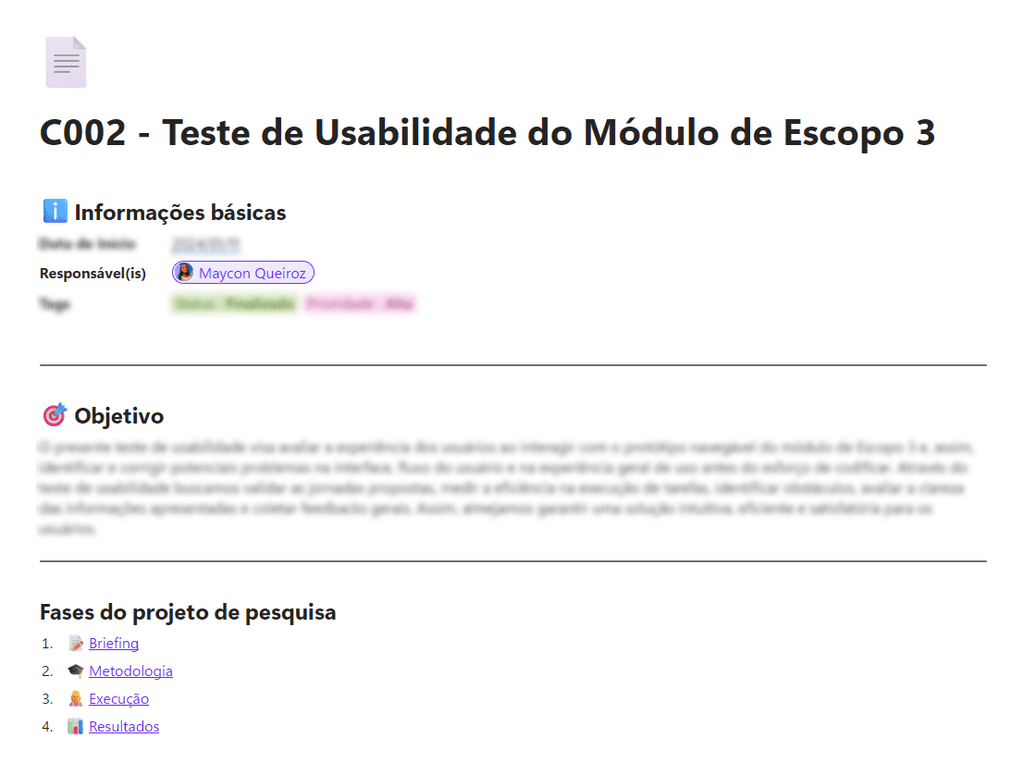
Recruitment Profile
Employees involved in sustainability-related roles, including consultants specialized in Scope 3 management.
Professionals representing client companies of the consultancy, particularly those involved in managing and analyzing Scope 3 emissions.
Professionals with varying levels of experience in the field of sustainability.
Assumptions
Collect qualified and specific feedback from users for precise improvements.
Ensure participation from a representative sample of both internal and external users.
Consider not only usability but also efficiency and overall user satisfaction with the Scope 3 module.
Provide insights for continuous iterations in the design, allowing for adjustments that enhance the user experience.
Conduct the project within a timeline to ensure that the results are utilized in relevant phases.
Deliverables
A consolidated report with the final results of the usability research, including a summary of insights and conclusions.
Collection of raw data, including transcriptions and notes from the tests.
Recordings of the usability tests.
In tabulating the information, I organized the insights from each participant for each question in the guide. By analyzing the most frequently mentioned issues, I prioritized the feedback that was most relevant at that moment.
Next, in a second table, I organized all user comments and created additional fields to facilitate management, including:
Action
Convert comments into actionable items to be implemented, whether through changes to the prototype or technical refinements.
Level
Determine whether a change will be implemented in the prototype, documented in the handoff, postponed for a future version, or requires further elaboration.
Status
Indicate whether the action is completed, in progress, or pending, when applicable.
Additional evaluation
Flag actions that need additional evaluation, routing them to the appropriate stakeholders for follow-up.
Achievements
Was the objective of the usability test met? Through this process, we were able to:
Assess user interactions to identify strengths and weaknesses in usability and navigation.
Identify challenges and obstacles users may encounter by analyzing barriers to a smooth experience.
Gather subjective perceptions about the overall experience, understanding users' expectations and preferences regarding the module.
I also received some extremely positive feedback during the test! A few points are worth highlighting…
Participant A
"You can see that there was organization in the development, following a logical sequence, and that the MVP itself is a very good product."
Participant B
"It's very understandable and easy to grasp."
Participant C
"I found it very visual. All the information I need is right here."
After the conducted study, we reached the deliverable of the MVP for the Scope 3 Inventory.
Thank you for viewing this far!
